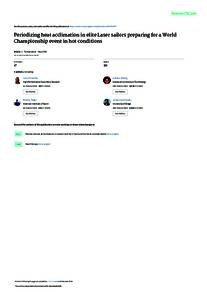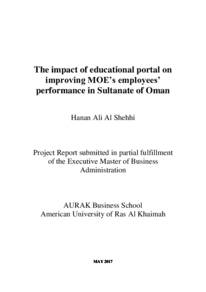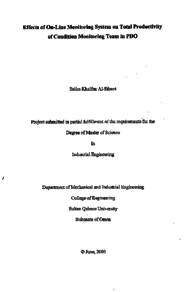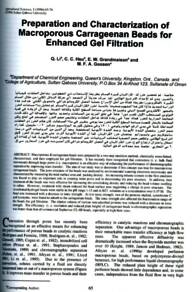Document
Periodizing heat acclimation in elite Laser sailors preparing for a world championship event in hot conditions.
Identifier
DOI: 10.1080/23328940.2016.1184367
Contributors
Kilding, Andrew E., Author
Siegel, Rodney., Author
Cotter, James D., Author
Laursen, Paul B., Author
Publisher
Routledge.
Gregorian
2016-05
Language
English
Subject
English abstract
Purpose: To examine the retention and re-acclimation responses during a periodized heat acclimation (HA) protocol in elite sailors preparing for the 2013 World Championships in Muscat, Oman (∼27–30°C, 40–60% RH). Methods: Two elite male Laser class sailors completed 5 consecutive days of HA (60 min per day in 35°C, 60% RH). Heat response tests (HRT) were performed on day 1 and 5 of HA, then 1 (decay 1, D1) and 2 (D2) weeks following HA. Participants were then re-acclimated (RA) for 2 days, within the next week, before a final HRT ∼72 h post-RA. Rectal temperature, plasma volume, heart rate, sweat rate, as well as thermal discomfort and rating of perceived exertion were measured during each HRT. Results: Rectal temperature decreased with HA (0.46 ± 0.05°C), while individual responses following D1, D2 and RA varied. Heart rate (14 ± 7 bpm), thermal discomfort (0.6 ± 0.1 AU) and rating of perceived exertion (1.8 ± 0.6 AU) decreased across HA, and adaptations were retained by D2. Plasma volume steadily increased over the decay period (D2 = 8.0 ± 1.3%) and after RA (15.5 ± 1.1%) compared with baseline. RA resulted in further thermoregulatory improvements in each Athlete, although individual adjustments varied. Conclusion: Heat strain was reduced in elite Laser sailors following HA and most thermoregulatory adaptations were retained for 2 weeks afterwards. RA may 'top up' adaptations after 2 weeks of HA decay.
Member of
ISSN
2332-8940
Resource URL
Category
Journal articles




